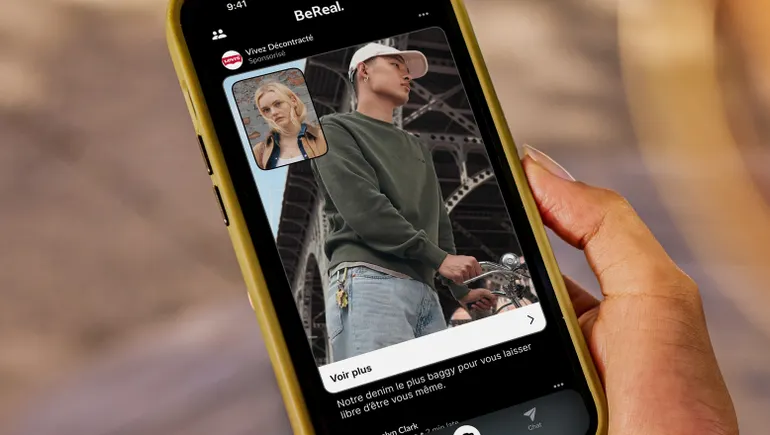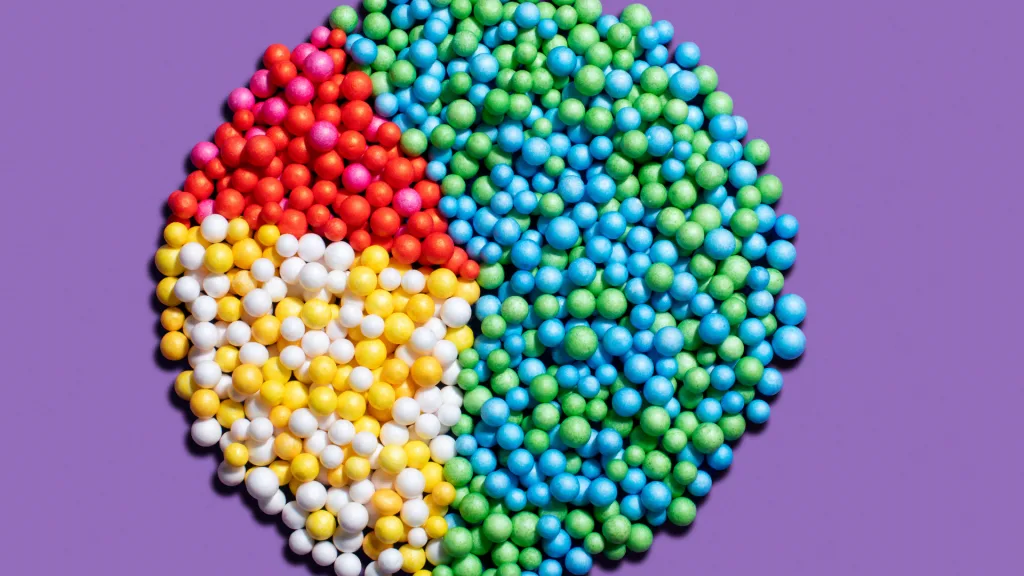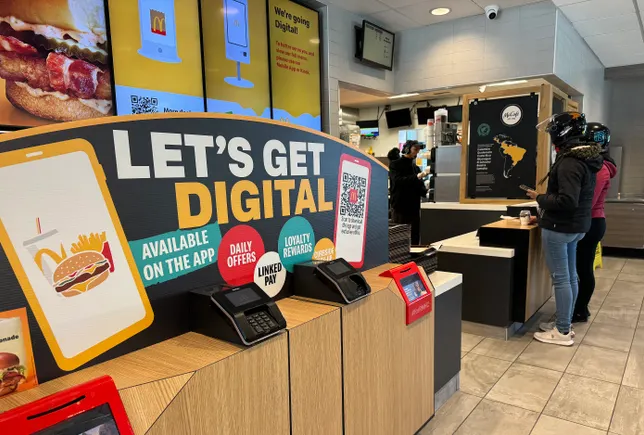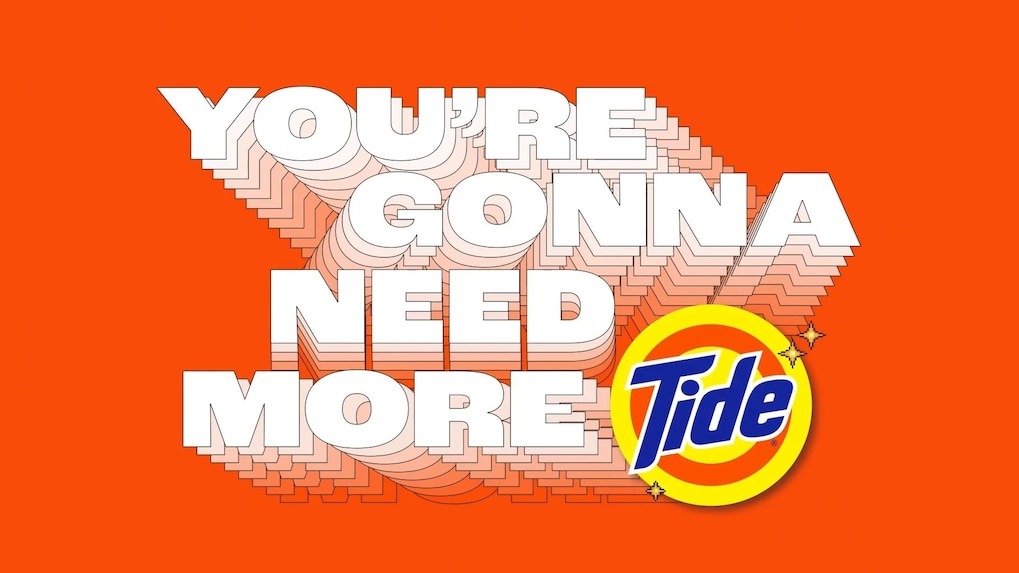In a transformative move, OpenAI is reportedly considering launching an advertising product within the next year for its popular AI model, ChatGPT. According to internal documents, OpenAI projects a staggering billion dollars in revenue from ‘free user monetization’ by 2026, a figure expected to skyrocket to nearly $25 billion by 2029. This growth is part of OpenAI’s broader vision of reaching a total revenue of $125 billion by 2029.
Rising Revenues and New Opportunities
OpenAI’s current revenue trajectory is notable. In 2024, the company reported $3.7 billion in revenue, with expectations to reach $29.4 billion by the end of the following year. A chart shared by Juan González Villa highlights the company’s projection of rising revenues, which includes ‘new products (including free user monetization).’ This new direction suggests the introduction of advertisements within ChatGPT, a significant shift from OpenAI’s previous stance on ads.
The Significance of ChatGPT’s User Base
With an estimated 600 million monthly users, ChatGPT presents a lucrative opportunity for advertisers to reach a vast audience. Turning ChatGPT into an ad-supported platform could open new revenue streams for OpenAI, potentially transforming the AI landscape. However, this shift marks a departure from previous statements by OpenAI executives, who had expressed reluctance towards incorporating advertisements.
Past Statements vs. Current Direction
In December, OpenAI’s Chief Financial Officer, Sarah Friar, noted the company’s rapid growth and significant opportunities within its existing business model, adding that there were no active plans to pursue advertising. Similarly, in March of the previous year, OpenAI CEO Sam Altman expressed a personal dislike for ads, emphasizing a preference for users paying for ChatGPT without influence from advertisers.
Altman stated, ‘I kind of hate ads just as an aesthetic choice. I think ads needed to happen on the internet for a bunch of reasons, to get it going, but it’s a momentary industry. The world is richer now. I like that people pay for ChatGPT and know that the answers they’re getting are not influenced by advertisers.’ This sentiment reflects a desire to maintain the integrity of AI responses without commercial bias.
Financial Challenges and Strategic Shifts
Despite these past statements, OpenAI faces financial challenges. In January, Altman revealed on X that OpenAI was losing money on OpenAI Pro subscriptions due to higher-than-expected usage. This financial strain might have prompted a reevaluation of potential revenue streams, leading to the consideration of advertisements as a viable option.
Internal Insights and Future Prospects
The insights into OpenAI’s future plans are derived from internal data obtained by The Information. The company’s strategic shift towards advertising could redefine its business model, balancing the need for revenue with maintaining the quality and objectivity of its AI products.
As OpenAI moves forward, the potential introduction of ads within ChatGPT raises questions about the impact on user experience and the ethical considerations of AI-driven advertising. The coming years will be crucial in determining how OpenAI navigates these challenges while pursuing ambitious revenue goals.
For more updates on the evolving landscape of AI and advertising, follow martechtrend.com.
Note: This article is inspired by content from https://martech.org/chatgpt-with-ads-free-user-monetization-coming-in-2026/. It has been rephrased for originality. Images are credited to the original source.












Leave a Reply